No matter how careful a man may be in his day-to-day life with his clothes, the occasional stain is inevitable whether it be from a plate of spaghetti and impromptu tire change on the side of the road or really any time spent with a toddler, you’re bound to encounter a tough stain at some point. Fortunately, however, stain removal doesn’t have to be a chore or involve the dry cleaner. As long as you understand some basic chemistry you’ll be all set.
Four Basic Types Of Stains
To begin, here’s a breakdown of the four basic types of stains you’re generally going to encounter. Stains can be organic or inorganic in nature and from there can be oily or not. In other words, the four types of stains are:
- Organic.
- Inorganic.
- Oily Organic.
- Oily Inorganic.
As examples of each of these, stains from living organisms, including plants are considered organic, things like grass stains, blood, or red wine. Meanwhile, stains from manmade materials are inorganic, things like ink, solvents, or machine dust. Oily organics are things like barbecue sauce or sweat stains and oily inorganics are generally cosmetics like lipstick.
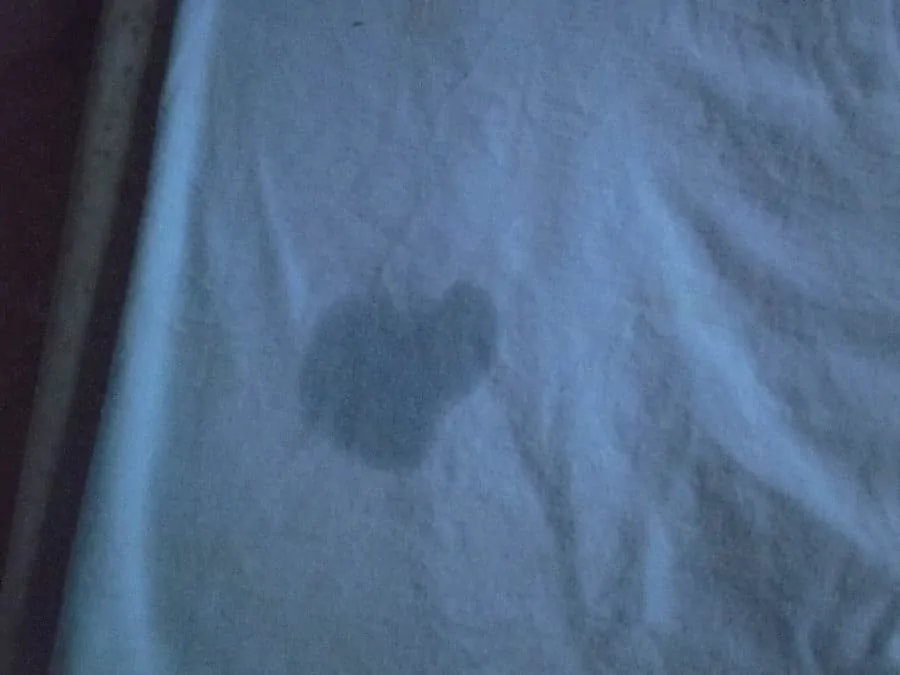
How To Get Rid Of Stains
Organic Stains
First, standard organic stains are best treated with hot water and a substance that’s commonly marketed as bleach alternative. Bleach alternative and oxygen bleach are marketing names for a substance that’s scientifically known as sodium percarbonate or SPC for short. It’s the active ingredient in cleaners like Oxiclean but whereas those types of commercial cleaners usually contain fillers, SPC is most effective in its pure form.
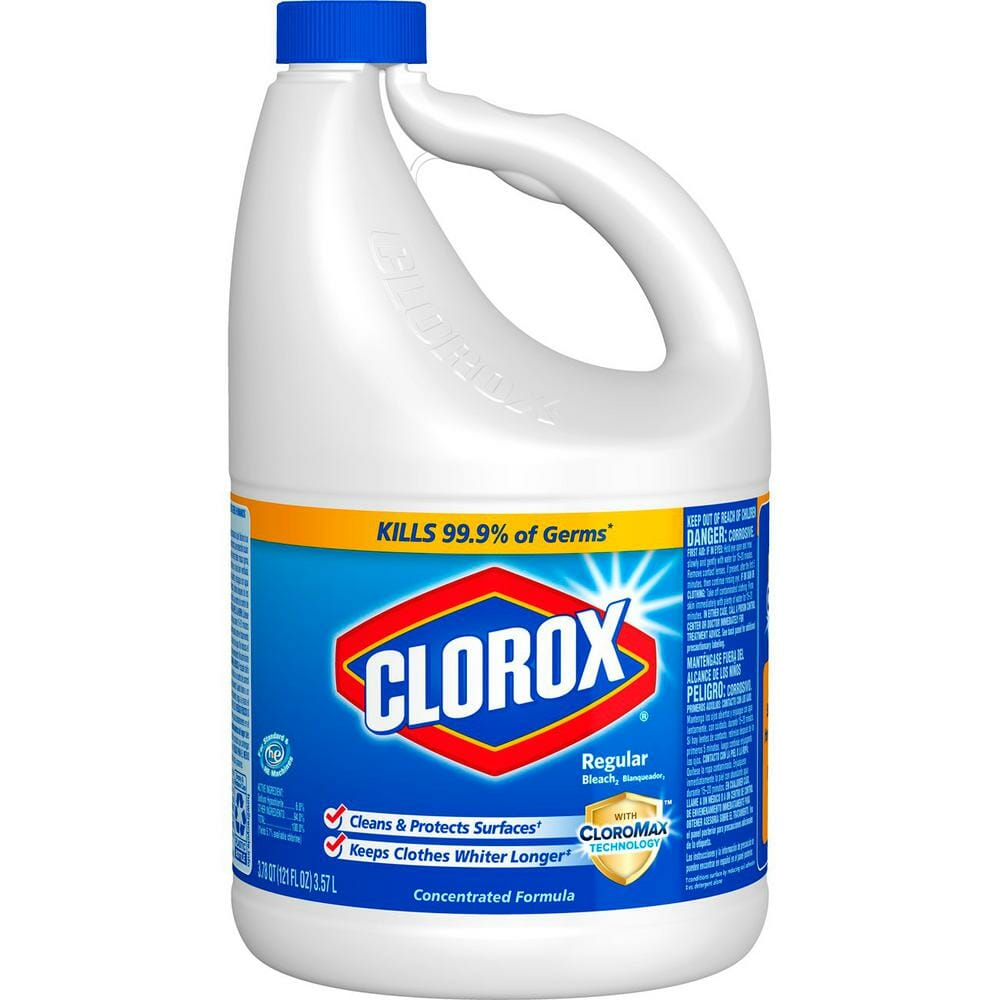
Here’s a related point as long as we’re talking about bleach alternative, never use conventional chlorine bleach on your clothes again. Not for stains and not for whitening. Most white clothes are actually treated with agents referred to as optical whiteners or optical brighteners. Chlorine bleach, in addition to being harmful to the body if ingested or with prolonged contact, can also remove these optical whiteners from clothing actually making them look less white and can damage the fibers of clothes over time.
For treatment of an organic stain, start by laying a towel down on your work surface. Actually, for any of the types of stains we’re about to cover, putting down a clean towel is a good idea. Next, add a bit of SPC, we used about ½ capful to a basin of hot water and stir to completely dissolve it. Then, thoroughly wet the stained area of the garment in question with the hot water and SPC mixture. Lay the garment flat on the towel and gently blot at the stain with a clean cotton cloth, washcloth, or towel. You can also use a garment safe stain brush on most fabrics as we’re doing here. After pre-treating your stain this way, it can be washed as normal in your machine and if you’d like, you can also add a bit more SPC directly to the drum of the machine during the wash process.
Inorganic Stains
Standard inorganic stains like ink are best removed by the use of a solvent. Rubbing alcohol or more technically isopropyl alcohol is best here. Although you can also use different substances like plain vodka. Applying the alcohol to the stain with a spray bottle works well after which point it can be gently blotted. Then wash as normal and as before, you can add some SPC to the machine if you’d like.
Oily Organic / Inorganic
All oily stains whether they’re organic or inorganic in nature are best treated by first dealing with the oil. As oils often surround other staining substances, we’ll be looking at these stains sort of like a stain sandwich that is oil layer, stain layer, oil layer. To remove the first oil layer, fill a spray bottle with a solution of 50% white vinegar and 50% water. Spray the oil layer of the stain and then blot. Actually, using a stain brush may work best here. Next, apply a bit of water along with laundry detergent or better yet soap flakes and scrub again to deal with the main stain layer and for the final oil layer, spray again with your water and vinegar solution and blot or scrub a final time. To finish here, you guessed it! Wash as normal with optional SPC.
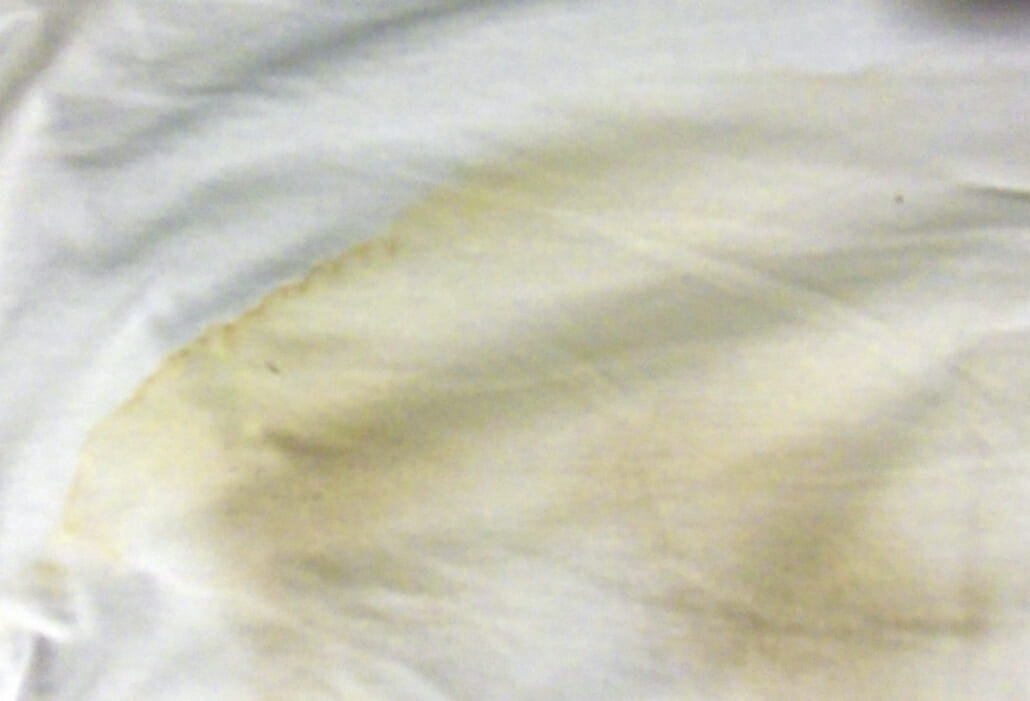
Sweat Stains
Finally, in this section, we’re going to pay special attention to sweat stains as they’re often a combination of oily organics and the aluminum found in many commercial antiperspirants. They’re best treated with a combination of SPC and a stain solution. Apply a few drops of the stain solution to the sweat stain then add a pinch of SPC, you should create a paste with either your finger or your stain brush. Let this paste sit for at least 20 minutes or longer if you prefer and then rinse it out with hot water. In fact, boiling water poured from a teakettle works best here then wash as normal with optional SPC. Here’s a related tip to prevent stains from returning to these garments, you can spray the affected areas with your vinegar and water solution before washing them as normal in your machine.
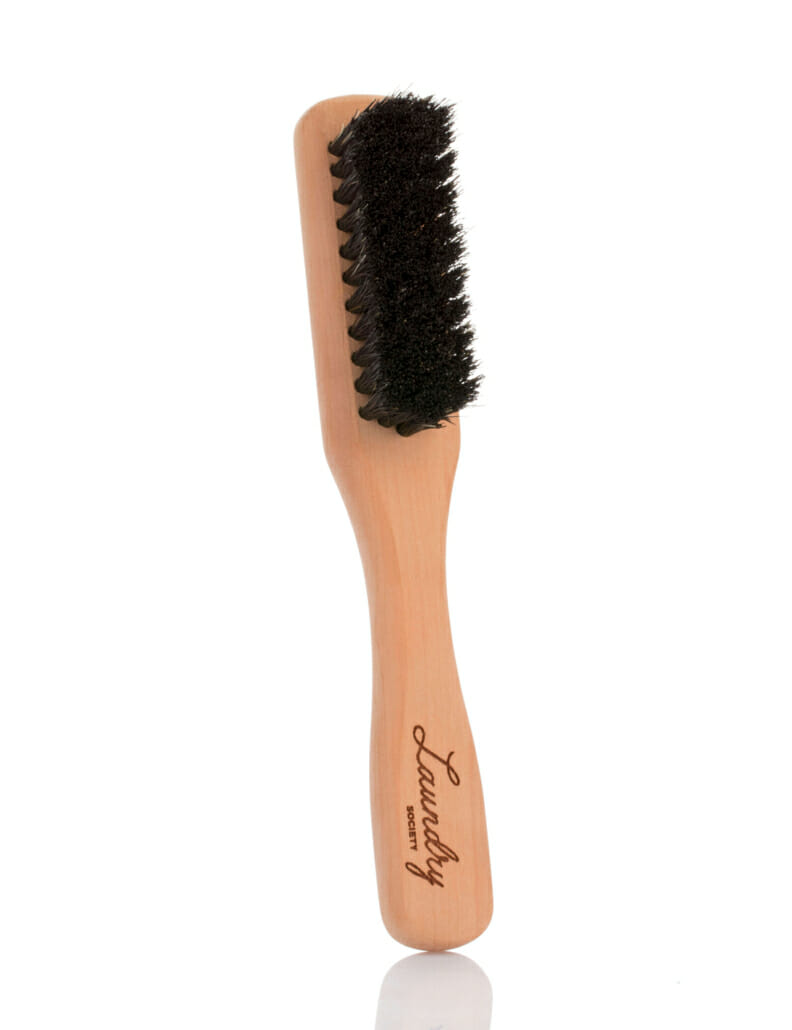
Wool & Silk Garments
Wool and silk are usually more delicate in nature so you won’t want to apply SPC to them directly or scrub them with a stain brush. For these fabrics, it’s best to pre-soak for a little while in water with a bit of stain solution and then wash as normal. Of course, these garments, if placed in a washing machine, should be individually and tightly packed in mesh washing bags. You can add a bit of SPC to the drum of the machine while washing if you’d like since the low concentration and minimal direct contact won’t be overly abrasive.
Stain Removal Tips
Whichever stain type and consequential removal method you’re dealing with, know that you shouldn’t expect to see a complete clearing up of the stain as you’re scrubbing it. Rather aim for about an 80% reduction in stain visibility and then machine wash, the rest should come out. As we said, washing on warm and with the express setting should be sufficient for most garments and you can always add a little bit of SPC to the drum if you so choose.
Finally, it may well be that a given stain isn’t solely one type of the stains we’ve covered today. Therefore, if you’ve tried one removal method and the stain hasn’t completely come out, just try one or more of the other removal methods and you should ultimately be successful. As an example of having to use multiple methods, we found both the fountain pen ink and the lipstick that we used for demonstration purposes in this video to be especially resilient. They didn’t come out with each of the first methods we recommended so we used a few other methods to get them out. We think that they got to about the 80% stain removal threshold we were looking for and putting them through the washing machine should get the rest of the stains out.
With these techniques in your arsenal then, stains should no longer pose a significant threat to you or your garments and you should be able to take care of them completely from the comfort of your own home.

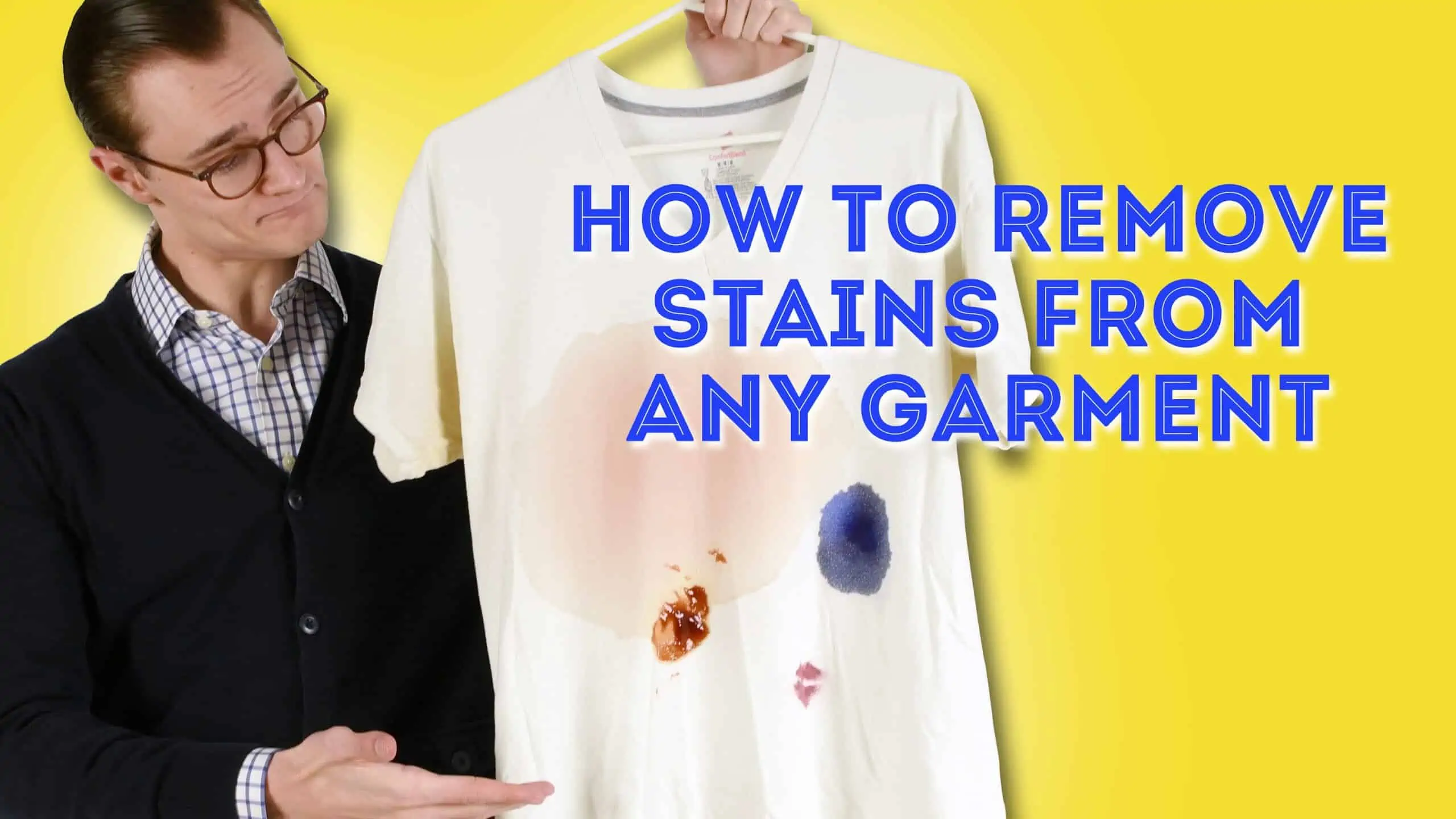
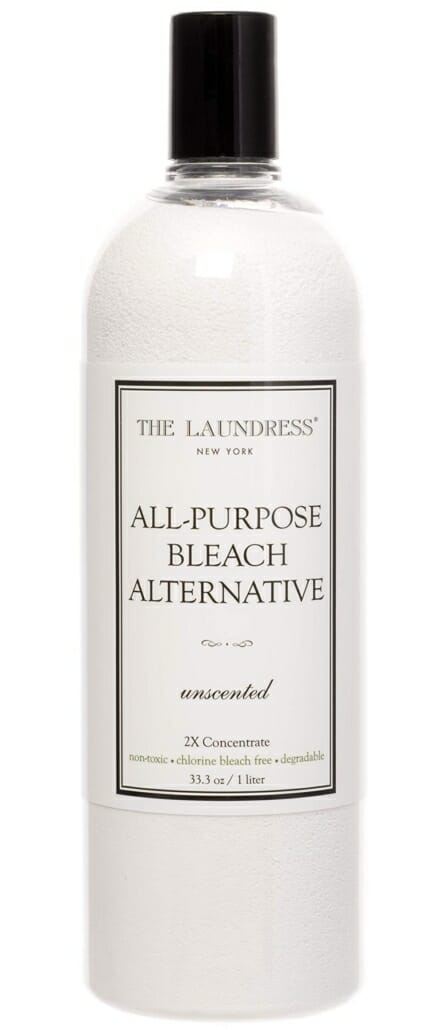
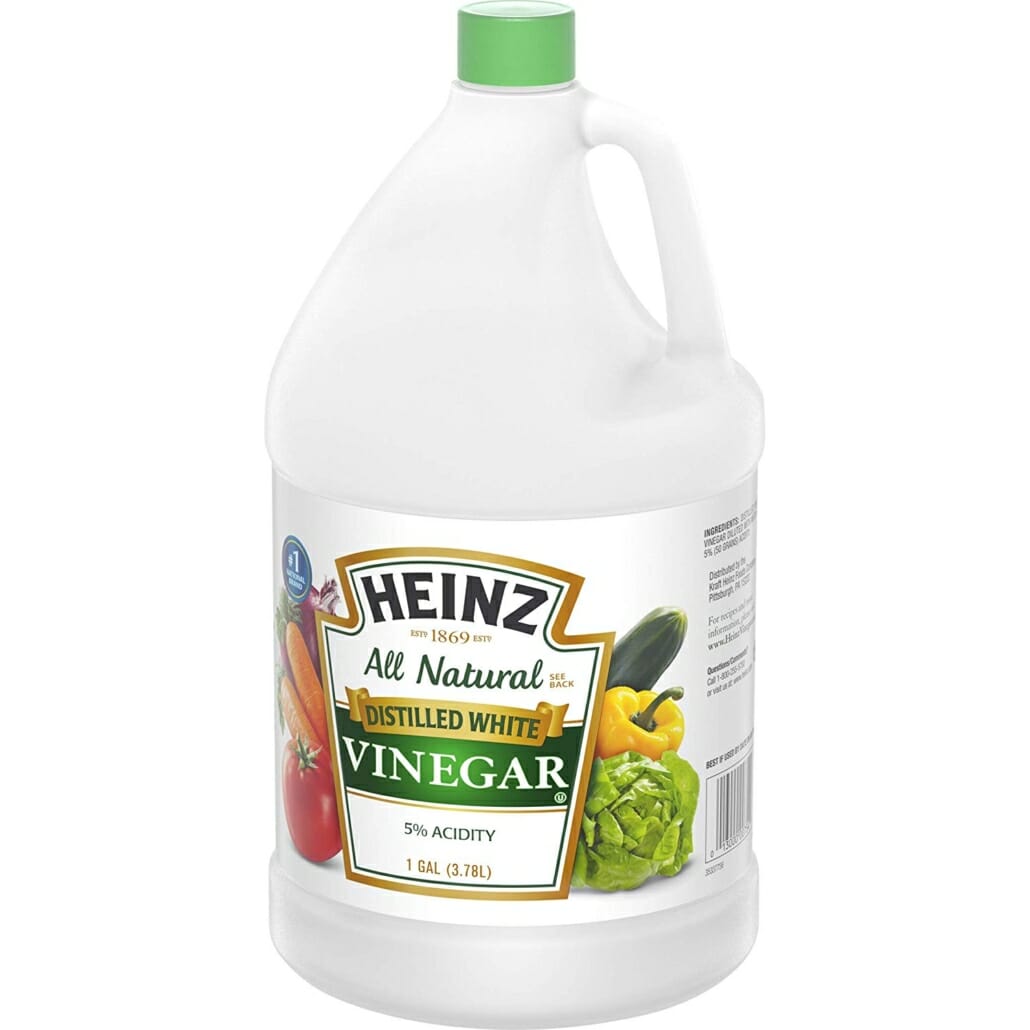
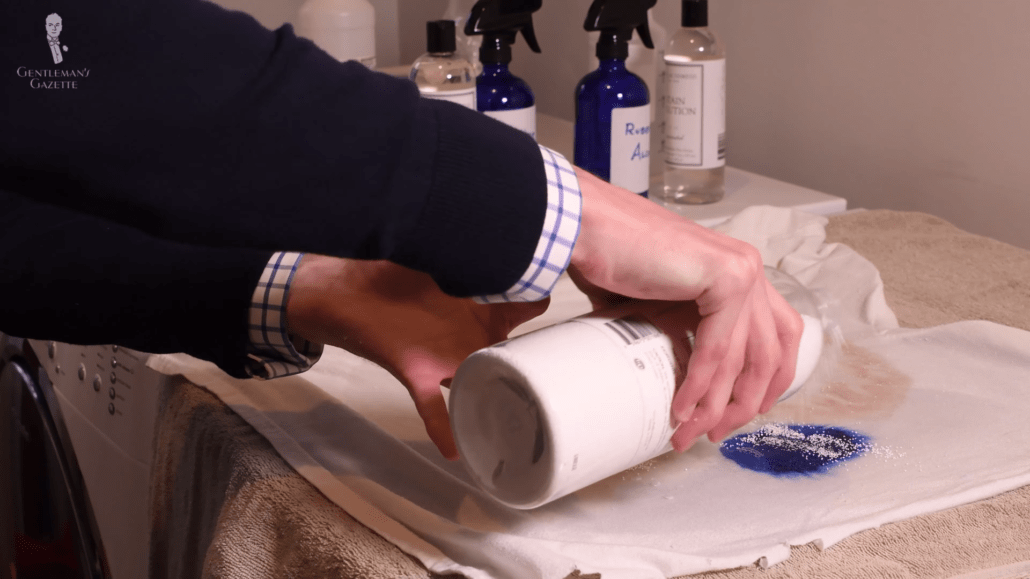
If all else fails – my wife uses Haitian lye soup. She has participated in 37 medical missions to Haiti and has brought back many boxes of the Haitian lye soap for family and friends. Whenever someone has an impossible stain – she gives them a bar of the Haitian soap and they are amazed… they then want her to bring them more soap on her next trip…. I noticed there are recipes and information on the internet for “Haitian Lye Soap”…I cannot attest to these products but I have seen the real Haitian lye soap work many times – usually on my good or favorite clothes.
I have a vintage Shearling I bought online a while back that needs cleaning to make the fur white again. What solutions would you recommend?
As an actual chemist, there is no such thing as oily inorganic. The use of the terms organic to describe “natural,” especially in the context that you stated – you need to know a bit about chemistry, is incorrect. In chemistry, “organic” means contains hydrocarbons, whether natural or synthetic. & that is why you said to take care of oily stains, whether organic or inorganic are basically treated the same.
I’m wary of the first recomendation to use hot water on organic stains. Won’t that set any proteins? Cold treatment first, to remove the proteins, the hot for the fats and oils?
Another really remarkable alternative is to go to Walmart and buy a $.79 bar of Zote soap. I understand it is very popular in Latin countries not only as a nice, soft soap but as a really fantastic stain remover. My friend had a 10-year-old stain in an ivory blouse of hers and, even after 10 years, a light soaking in Zote took the entire stain out. It’s great if you launder your own dress shirts and want to get the collars and cuffs nice and clean. Yet I am intrigued by the mention earlier of a Haitian Lye Soap. The more the merrier!
Perhaps it is actually soap. Very little real soap is sold today. Its mostly all detergents.
Really like the infographic – I’ll use that. I will definitely need to digest all of this information, as it’s definitely an interesting breakdown of “stain types”. Maybe I missed it, but what is the recommended process for “unknown”?
What is the best thing to do immediately after a stain occurs? For example, if you splatter some sauce on your shirt at dinner, should you immediately blot it with a dry rag, rinse it with water (hot or cold?), of just leave it until you return home and use one of the methods you describe?